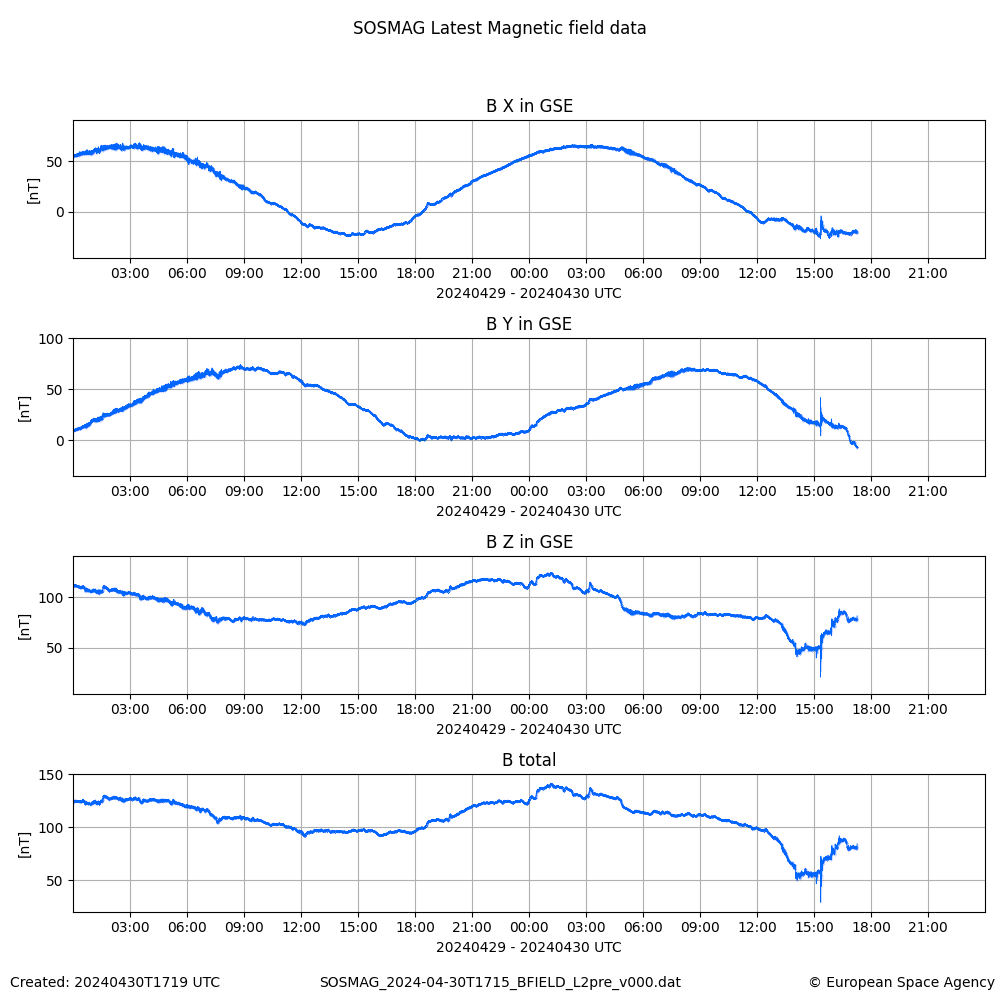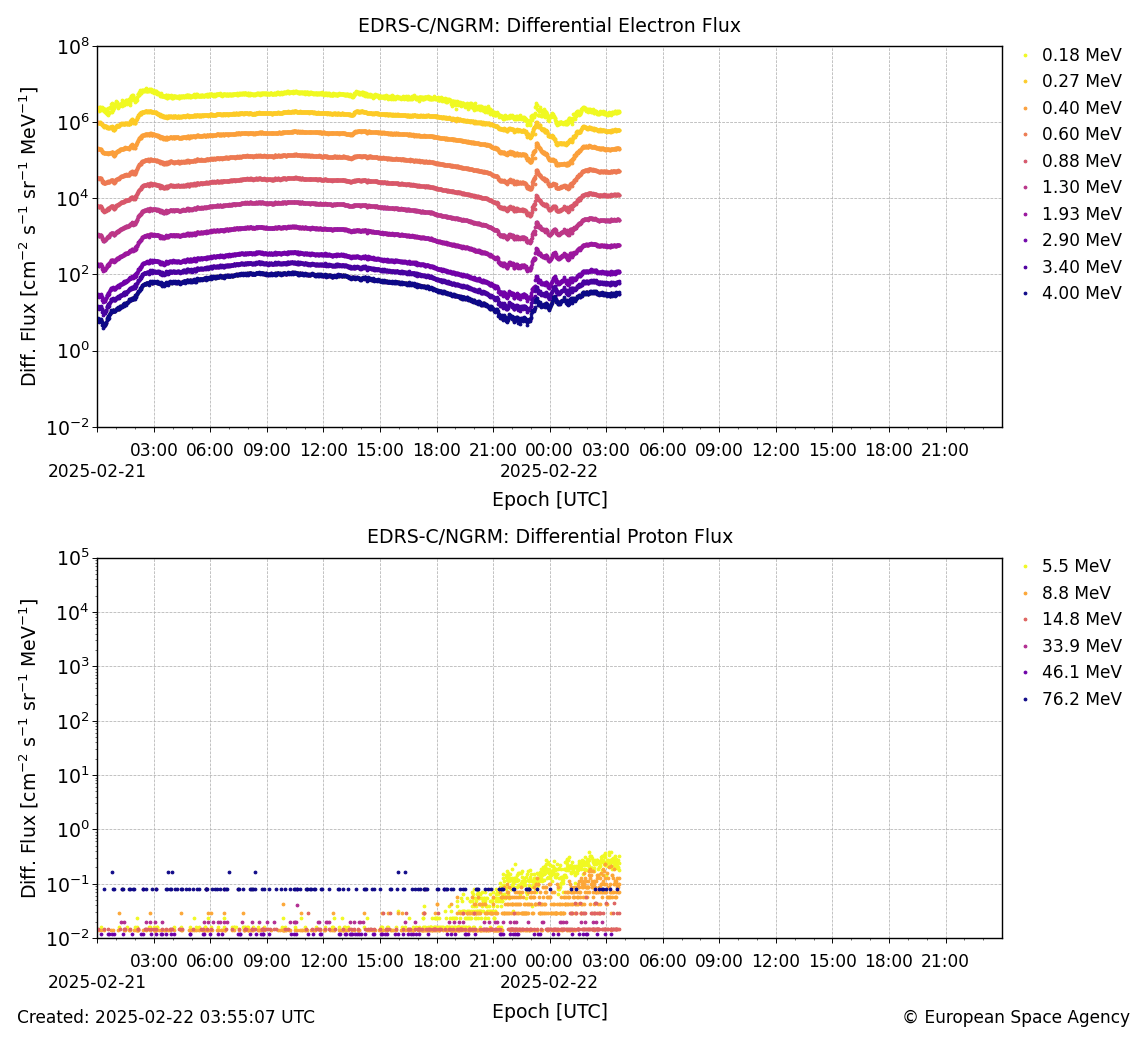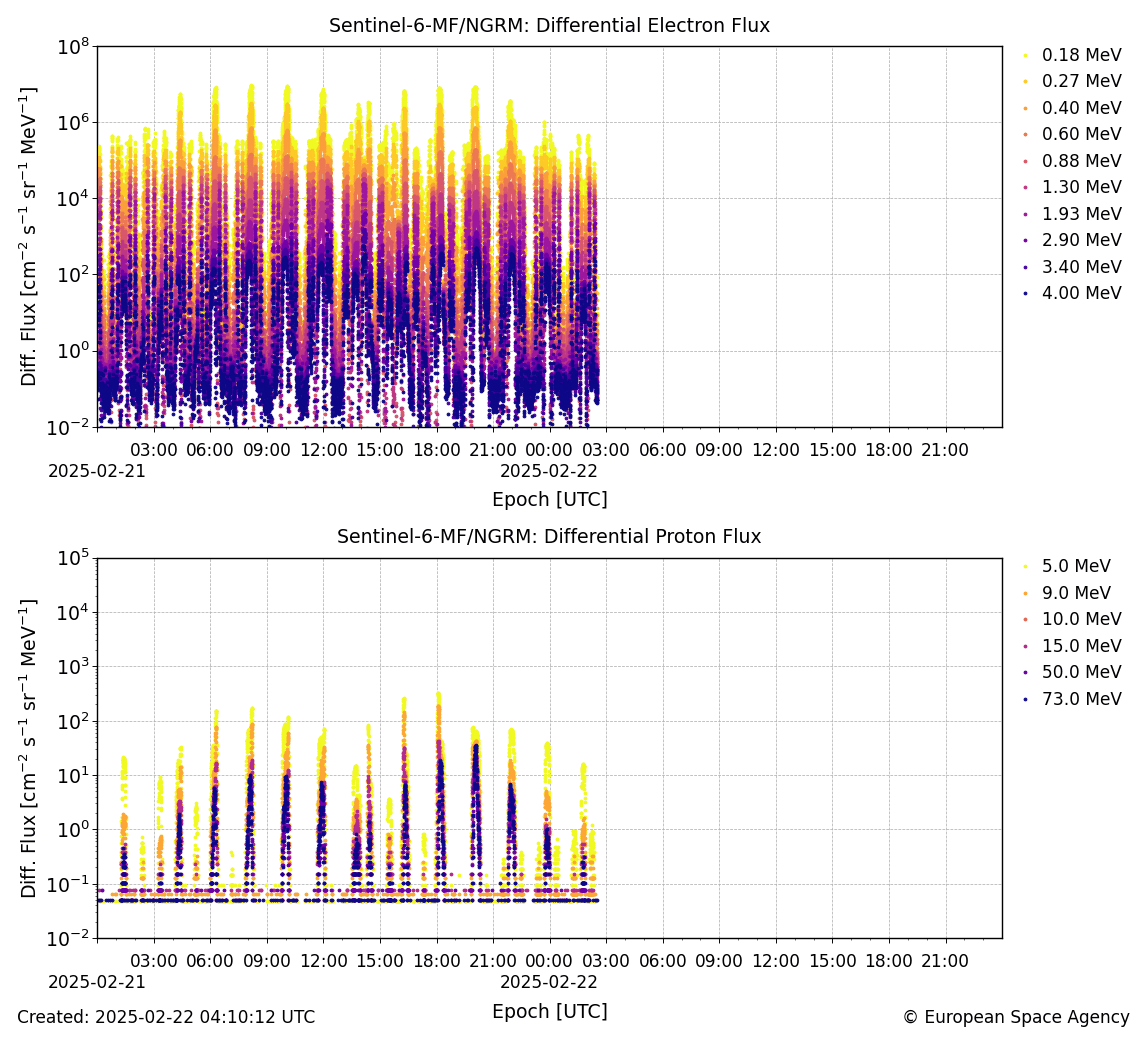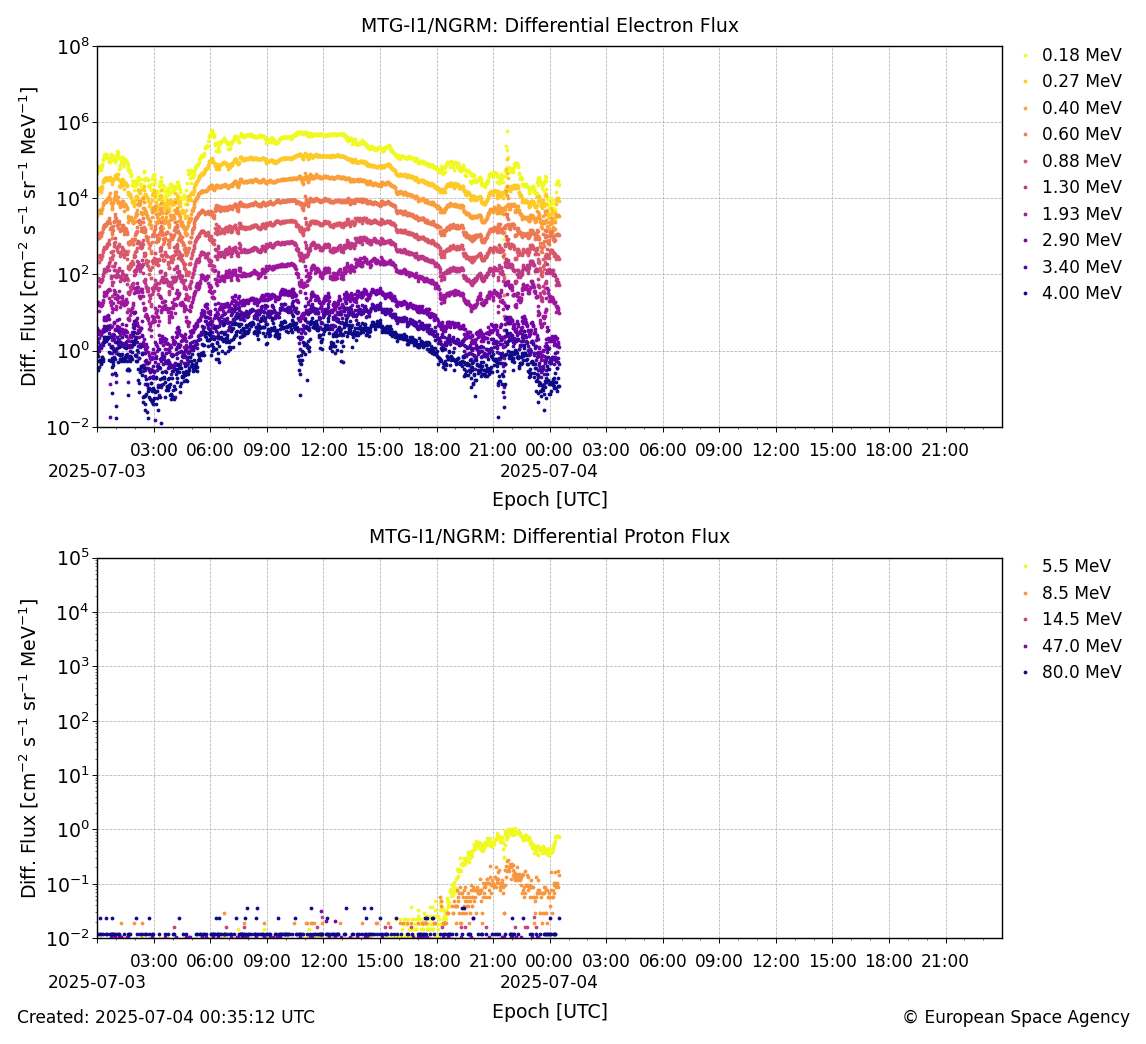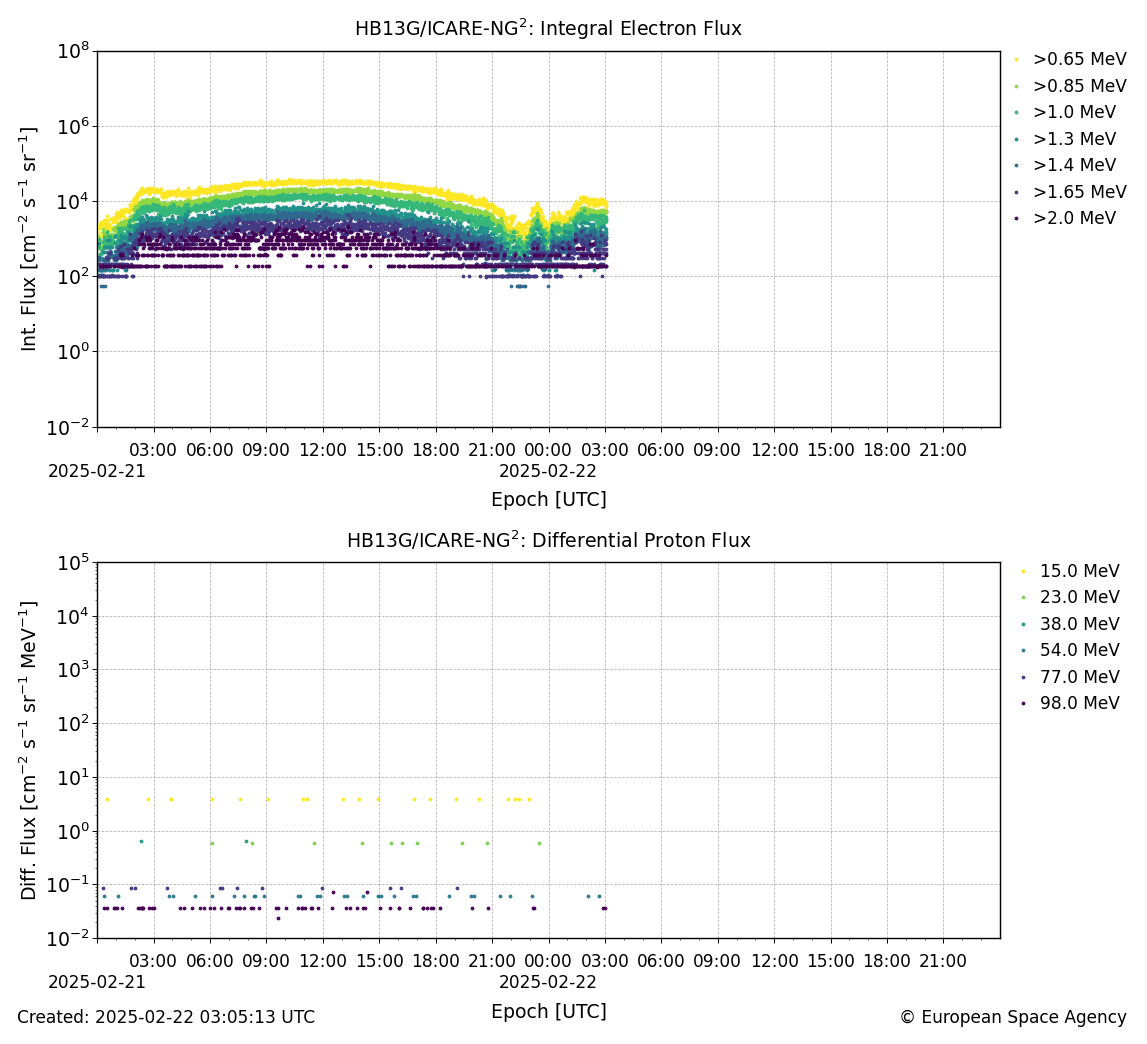Welcome to the ESA Space Weather Service Network
Please note that all ESA-SWE Services are under review/construction
Welcome to the ESA Space Weather Service Network
Please note that all ESA-SWE Services are under review/construction
